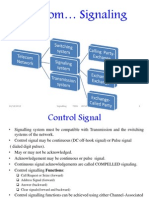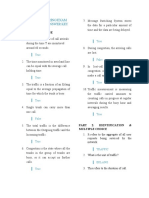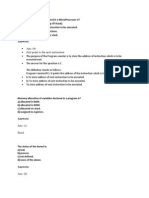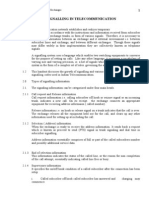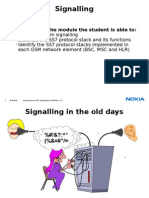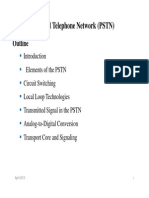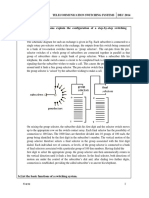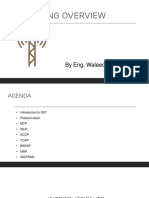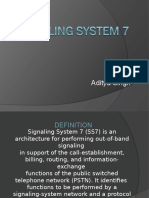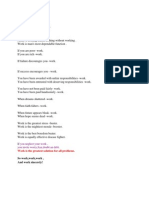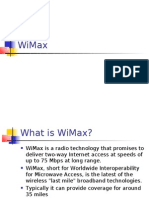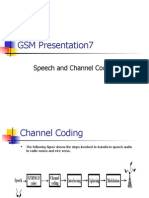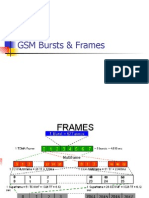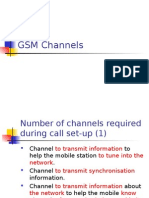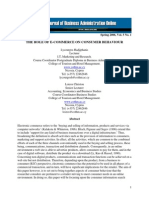100% found this document useful (1 vote)
2K views50 pagesSignaling System #7 (SS7)
SS7 or Signaling System Number 7 is a set of protocols that allows communication between telephone switches to setup and manage calls. It uses a separate digital signaling network to route calls instead of using the voice circuits. The key components are SSPs which originate and terminate calls, STPs which route signaling messages, and SCPs which provide call processing functions and data. MTP is the core protocol that ensures reliable transfer of signaling data over the SS7 network across three layers - physical, link, and network.
Uploaded by
manthasaikarthikCopyright
© Attribution Non-Commercial (BY-NC)
We take content rights seriously. If you suspect this is your content, claim it here.
Available Formats
Download as PPT, PDF, TXT or read online on Scribd
100% found this document useful (1 vote)
2K views50 pagesSignaling System #7 (SS7)
SS7 or Signaling System Number 7 is a set of protocols that allows communication between telephone switches to setup and manage calls. It uses a separate digital signaling network to route calls instead of using the voice circuits. The key components are SSPs which originate and terminate calls, STPs which route signaling messages, and SCPs which provide call processing functions and data. MTP is the core protocol that ensures reliable transfer of signaling data over the SS7 network across three layers - physical, link, and network.
Uploaded by
manthasaikarthikCopyright
© Attribution Non-Commercial (BY-NC)
We take content rights seriously. If you suspect this is your content, claim it here.
Available Formats
Download as PPT, PDF, TXT or read online on Scribd
/ 50


